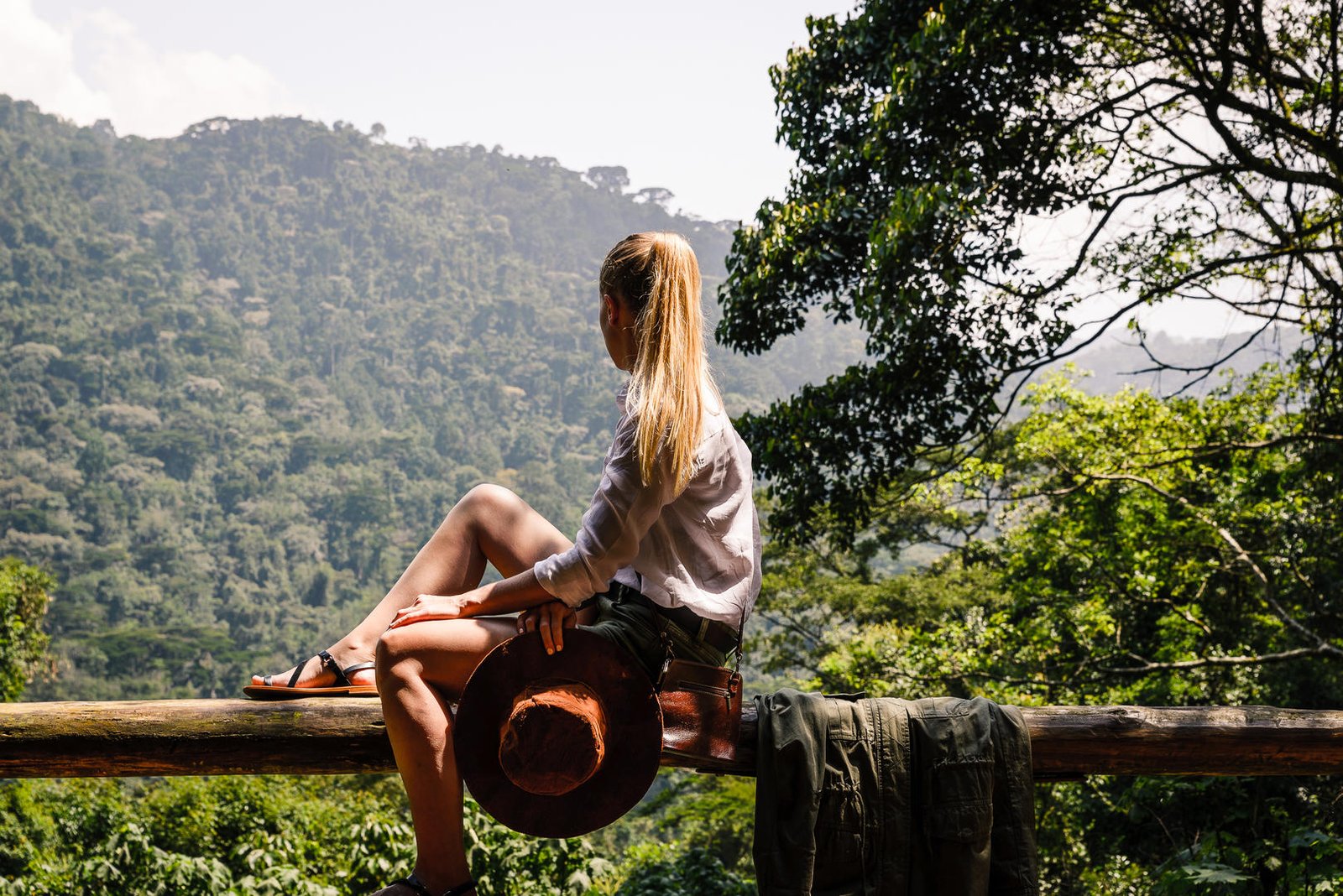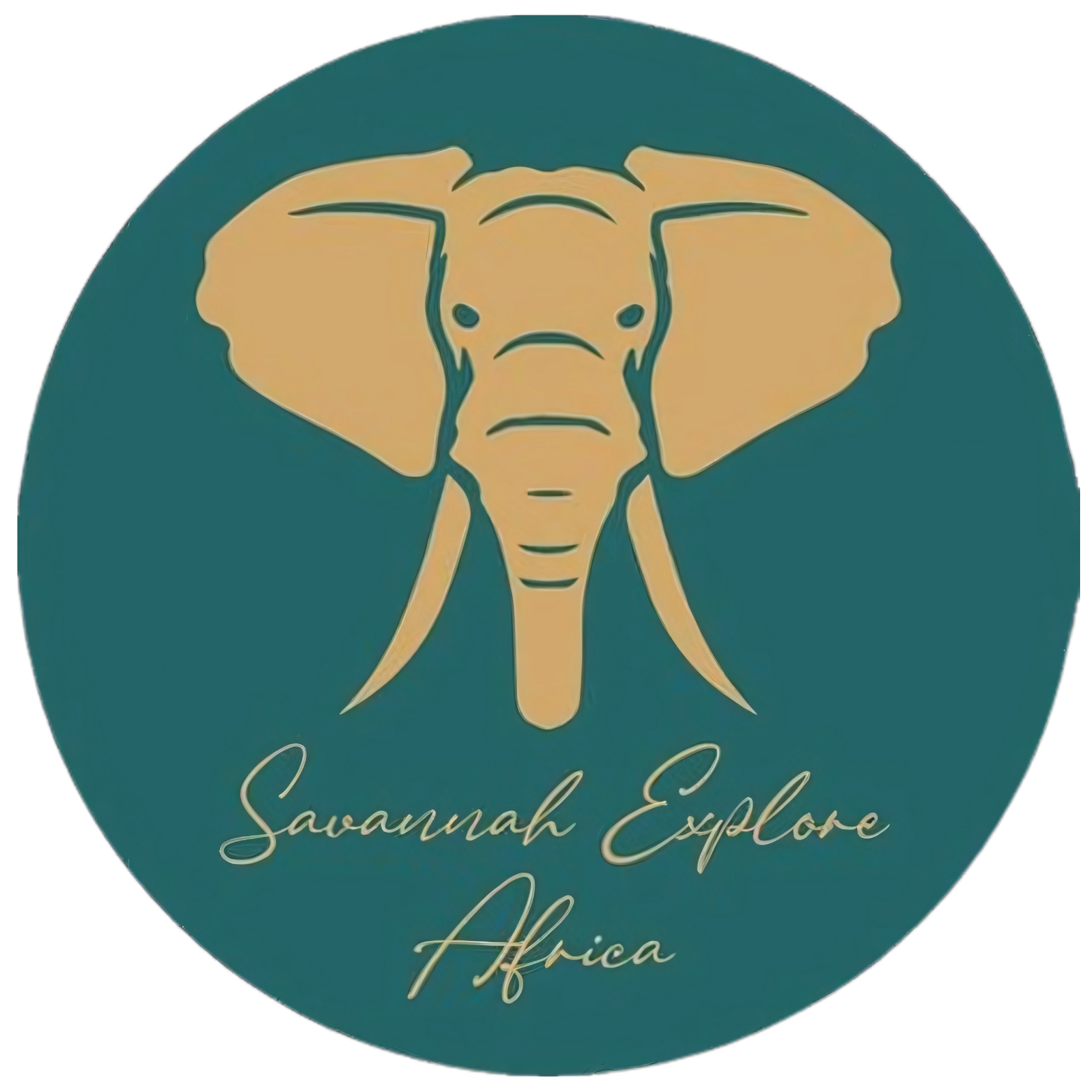



Uganda's gorilla trekking is a thrilling adventure, offering a unique opportunity to encounter mountain gorillas in their natural habitat. With expert guidance, you'll navigate dense forests and steep terrain to witness these majestic creatures up close.
Millions of wildebeest, zebra, and other herbivores annually traverse the Serengeti plains and navigate the challenging Mara River. It's a breathtaking spectacle of the circle of life and a must-see for all wildlife enthusiasts, showcasing nature's grandeur.
These emerald hills, dotted with vibrant villages and tea plantations, are the soul of Rwanda's beauty and offer an authentic and immersive experience, where the harmony between nature and culture creates an unforgettable journey for travelers seeking the heart of Africa.
From the iconic Maasai Mara to the vast savannas and teeming wildlife, it's a tapestry of nature's wonders. Here, you'll witness the enchanting dance of predators and prey, under the vast African skies, creating an unforgettable adventure that captures the essence of the wild.
Karibu
Welcome to Savannah Explore Africa!
We are the natives of the East African region born and raised in the motherland of Africa . We are experienced and take pride in offering tailored made Mountain gorilla trekking safaris and wildlife safaris in the East African countries. Uganda | Rwanda | Kenya | Tanzania. The secret to the success of our African safaris, we are guided by our love , passion and commitment to first hand knowledge of every destination, lodge and activity we recommend. You will be taken care of by the very best native expert’s in the sector who will be with you from the very first time you make an Enquiry, through out the time your safari till the last minute you get back home.
Tours & Safaris
We’re excited to take you on a journey to experience sights and sounds found nowhere else on Earth. Unique scenery, wildlife and cultures are waiting to be revealed, and we at Savannah Explore Africa can’t wait to share them with you. Our custom designed journeys are intended to inspire but can be tailor made to suit your every need. It’s time tolet your safari dreams run wild.
Gorrilla Trekking
Embark on an exhilarating adventure with us as we delve into the captivating world of gorilla trekking safaris. Prepare to be immersed in the unparalleled beauty of nature, where every step unveils breathtaking landscapes and encounters with majestic wildlife. At Savannah Explore Africa, we specialize in crafting unforgettable experiences that showcase the wonders of gorilla habitats. Whether you’re a seasoned adventurer or seeking a bespoke journey, our expert team is dedicated to curating the perfect expedition tailored to your desires. It’s time to unleash your wanderlust and let the magic of gorilla trekking transport you to new heights of exploration.
Wildebeest Migration
Embark on an extraordinary expedition with us as we traverse the awe-inspiring landscape of the wilderbeast migration. Prepare to witness one of nature’s most spectacular events, where millions of wildebeests, zebras, and other wildlife species embark on an epic journey across the vast plains of Africa. At Savannah Explore Africa, we specialize in crafting immersive experiences that bring you up close and personal with this breathtaking phenomenon. Whether you’re a seasoned explorer or a first-time adventurer, our team is dedicated to tailoring the perfect expedition to suit your preferences. Join us as we journey into the heart of the wilderbeast migration, where every moment promises to ignite your sense of wonder and leave you with memories to last a lifetime.

Why Choose Us
East Africa remains an undiscovered gem for many travelers, a region that epitomizes untamed beauty and unspoiled natural wonders. With its picturesque rolling hills, glistening crater lakes, and teeming wildlife, this part of the world is a treasure waiting to be explored. One of the most iconic attractions here is the endangered mountain gorillas, offering a rare and breathtaking wildlife encounter. We are fervently dedicated to showcasing the marvels of East Africa, including countries like Uganda, Kenya, Rwanda, and Tanzania. It is our honor to guide you through the wild and enchanting landscapes of this remarkable region.
What Makes Us
Different...
Local Expertise
We're a team of local Uganda safari experts with extensive knowledge of East Africa safari attractions and facilities.
Intimate Connection
With our expertise, we guide our guests into finding that intimate connection with our safari destinations.
Authentically Wild
Immerse yourself in authentic African culture, primitive wildlife and untamed scenery that will leave a mark.
Value for Money
No hidden costs or cutting corners. We meticulously tailor-make your safari trip to fit your style and give.


Talk To Us
Share your vision with us — big or small. Send an email or fill out our contact form, and we’ll arrange a convenient time to connect and start the conversation.

Get A Proposal
Based on your ideas, preferences, and availability, we create custom itinerary options for you to review. Each is designed to inspire and tailored to your style.

Together We Refine
We work closely with you to perfect every detail. Like fitting together pieces of a puzzle, we make sure your itinerary matches your exact wishes.

Pay Your Deposit & Start Packing
Once you’re happy with your plan, confirm your booking with a deposit. We make it simple so you can focus on the excitement ahead.

We'll Get You Ready
From packing lists to pre-departure calls, we prepare you for every step of your journey so you feel confident and ready to go.

Balance Due
Your final balance is due 90 days before departure — after that, all that’s left is to enjoy your dream safari.
What our clients think...
Verified Experience lasting forever My best memory from Uganda was meeting Ben. He is a great guide, who is able to accommodate all your travel desires. I took couple of trips with his company during my 3-month stay in Uganda. Ben has excellent knowledge of nature, so you will be able to spot the invisible chameleons, birds and much more. He will also take you to taste local food to very low key places, but don't worry, you are in safe hands.Verified A trip of a lifetime! Ben was a fabulous guide. He went out of his way to make sure we were happy the whole trip. He would make special stops for us to try local food and see sites that weren't on the original itinerary. It was nice to be able to have an itinerary set up, but then customise it along the way as we found new places or places we wanted to spend more time in than others. Ben made sure we were always safe, happy, fed, relaxed and laughing. Uganda is a very special place and we will always cherish every moment of our trip thanks to having a great guide like Ben. I highly recommend!!Verified Amazing trip through Uganda When I stayed in Uganda I did two trips with Benjamin, who was very kind and a great company! He really tries to get the best out of your trip. He arranged a vehicle and guided me and my friends on a safari, which was awesome! When a problem occurs, he is dedicated to help you in any way. My second trip I was alone so I was happy to have him by my side to travel around Uganda. We had a good time! He managed to drive me around in a short amount of time so I could do all the things I wanted and it was the best. I would definitely recommend Savannah Explore for all your trips in and around Uganda!Verified Safari of a Lifetime I had an amazing 2-week safari with Ben over the Christmas holidays. He ensured that everything about my trip was fantastic, from the lodges, to the food and the experiences he booked for me. Most importantly, he made sure that I always felt safe and comfortable; I never worried about a thing during my trip because of how knowledgable Ben was. He made sure that I experienced all of the beautiful sites that Uganda had to offer. Thank you Ben, for making sure that I had the trip of a lifetime!











